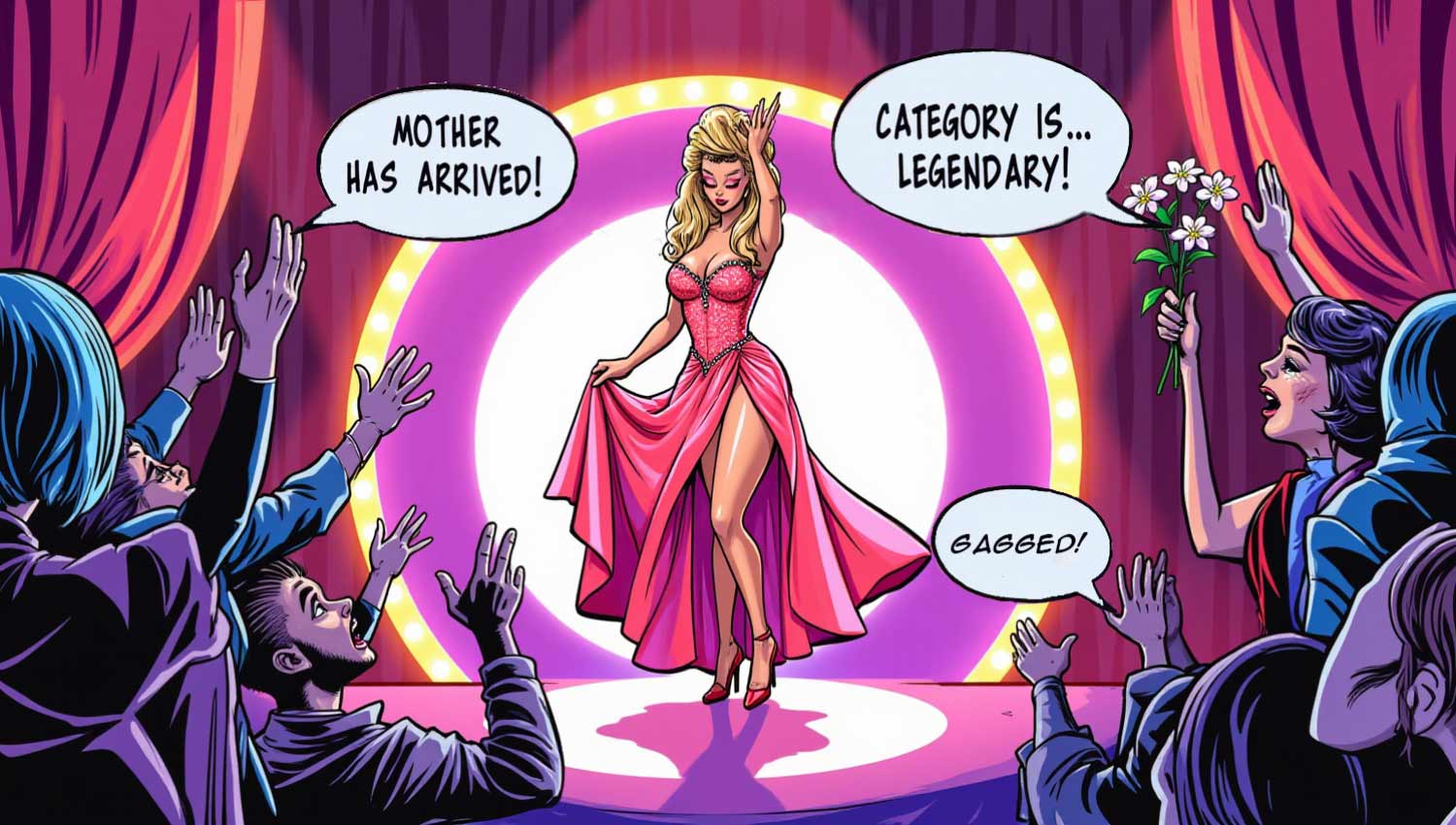Slang isn’t just chaos—it follows patterns. Whether it’s a meme phrase on TikTok or a decade-old word from the runway, modern slang tends to orbit certain cultural categories. By breaking slang into buckets like Internet, Fashion, Music, and Sports, we can better understand not just what people are saying, but why.
This post gives you a guided walk through the main slang categories we use on StreetSlang.com, with definitions and real-life examples of what makes a term belong in each. If you’re trying to decode slang—or write your own post about it—this guide’s your starting point.
🌐 Internet Slang
What it is: Language born online—meme speak, acronyms, emoji codes, Reddit sarcasm, and TikTok trends.
Examples:
Where it shows up: Comment threads, captions, group chats, Discord servers, and social bios.

🎵 Music Slang
What it is: Terms from lyrics, stanning, or music reactions that describe sound, vibe, or musical success.
Examples:
- bop, slaps, ate, leak, stream, album mode, vocals, bars
- Artist fandoms: bias, she’s mother, legendary, comeback
Where it shows up: TikTok sounds, fan threads, RapTok, stan Twitter, music memes.
👗 Fashion Slang
What it is: Language used to hype looks, critique fits, and name trends. Heavy crossover with TikTok and queer culture.
Examples:
Where it shows up: GRWM videos, Pinterest captions, influencer comments, drag shows.
🏀 Sports Slang
What it is: Jock slang, fan trash talk, and athlete lingo—often pulled into daily life as metaphors for winning or losing.
Examples:
Where it shows up: Sports Twitter, gaming convos, post-game memes, crypto chat.
💬 Social/Flirting Slang
What it is: Slang used in DMs, dating apps, and low-key situationships. Often coded, playful, and emotionally strategic.
Examples:
- you up?, soft launch, ghost, dry texting, link up, slide, 👀, delulu, simp, crush era
Where it shows up: Instagram replies, Snapchat chats, dating app bios.
🎓 Work + School Slang
What it is: Buzzwords and slang born from remote work, academic pressure, and digital hustle culture.
Examples:
Where it shows up: LinkedIn memes, student group chats, Zoom chats, productivity TikTok.
🌎 Regional Slang
What it is: Words and phrases unique to specific cities, countries, or communities. Often tied to identity and culture.
Examples:
Where it shows up: Rap lyrics, YouTube comments, street interviews, casual speech.
🌈 LGBTQ+ & Drag Slang
What it is: Slang rooted in queer and ballroom culture. Dramatic, expressive, and often performance-based.
Examples:
Where it shows up: Drag Race, queer Twitter, TikTok lip syncs, ball culture.

🤖 Emoji & Visual Slang
What it is: Nonverbal slang that uses emojis, memes, and formats to imply emotion, mood, or message.
Examples:
- 🙄, 😮🥵, 👀, 🤔, the eye-mouth-eye meme, “me when” formats
Where it shows up: TikTok captions, comments, meme accounts, chat screenshots.
❓ Why Categorizing Slang Matters
Slang spreads fast, but context matters. A word like “slay” means one thing in fashion and another in gaming. “Mother” might hype a drag queen, a music icon, or a fitness TikToker. Categories help decode intent—and give credit to where slang comes from.
This structure also makes slang easier to search, understand, and celebrate. Whether you’re looking for a specific term or writing a post for StreetSlang.com, now you know exactly where to start.


Leave a Reply